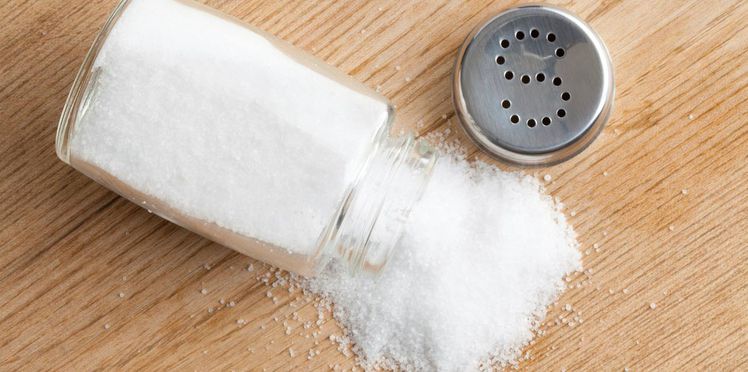
Salt? In my cigar?
No, it’s not the latest hare-brained experiment, there really is salt in your cigar, and in your wine too. Let me explain…
By Bernard Burtshy
SALTINESS is one of the four basic tastes (or five, if we count Japanese umami), and salt is, and always has been, a precious commodity.
Salting is one of the oldest methods of food preservation. Indispensable to humans and animals alike, salt is also an exceptional flavor enhancer. Columella, the famous Roman agronomist, even recommended adding salt to wine, both to preserve it and to improve its flavor. But this advice was denounced by Professor Émile Peynaud, renowned oenologist and author of world-famous wine-tasting guide, Le Goût du vin (Dunod, 1980): “The ancient practice of salting wine, which is banned today, has little technical justification”. At the very most, he conceded, salts “contribute to the flavor of wine and add freshness”.
SALT IN WINE
Of course, that being the prevailing view, it is not surprising that the saltiness of wine has been overlooked, or even refuted. Wine-tasting handbooks do not mention salt at all. But, in the years since Peynaud was writing, thinking on this topic has developed, and recent research marks a significant change. Without wanting to enter the debate on the relationship between the ‘terroir’ and the grape, let’s say that salt from the sea makes its way onto the skin of grapes and therefore into the wine.
Wine is composed of 85% water, and this water is full of mineral salts – just like the human body, which is made up of 20% salt water. A 2008 study showed that the quantity of these minerals varies by grape variety, vintage, place of production, the age of the vines and the rootstock. A wine contains between 2 and 4g of salt-flavoring elements per liter in the form of anions and cations; we are only just beginning to explore the impact of these elements on the wine’s flavor.
A NEW EXPERIMENT
The purest sensation of saltiness comes from sodium, which is rather rare in wine, but also and more particularly, from mineral salts (potassium, magnesium and calcium). Numerous tests have shown that the quantity of these salts present in wine can vary significantly according to the vintage (for example, a 2007 Châteauneuf-du-Pape contains more salt than a 2003) and many other factors. The experimental evidence is mounting and tasters are honing their palates to explore this completely new area, which is still being sketched out – and which may finally allow the effect of the terroir on the wine to be measured, a well-worn debate for many, but one which expert tasters are beginning to get their teeth firmly into.
SALTED CIGARS
While the studies are less advanced than in the wine industry, it is clear that the same causes produce the same effects on the tobacco leaf as on the grape. Of course, the leaf is smoked, but the mineral salts do not disappear in this process, and they end up in the ash with a more definite flavor because the acidity is removed, unlike with a cigarette. The significant advancements of the last fifteen years mean it is time to add a new heading to our tasting cards. In wine, recognizing the existence of this salty component could finally allow the somewhat vague notion of ‘minerality’ – popular with wine aficionados but too often confused with acidity (they are detected by the same ion channel) – to be defined. A whole new area of debate is opening up; one that impassioned wine and cigar tasters are unlikely to take with a pinch of salt!
You might also like

EXCLUSIVE Habanos S.A. will not take part to Intertabac Dortmund 2024

Birth of the Cigar Academy

Partagás Línea Maestra: the first boxes appear in Cuba

Min Ron Nee: death of a legendary collector

EXCLUSIVE – Xiaohong Hu, the woman who bought the Cohiba humidor for €4.5 million
Current Issue
ADC English Edition 17
All the latest cigar news


